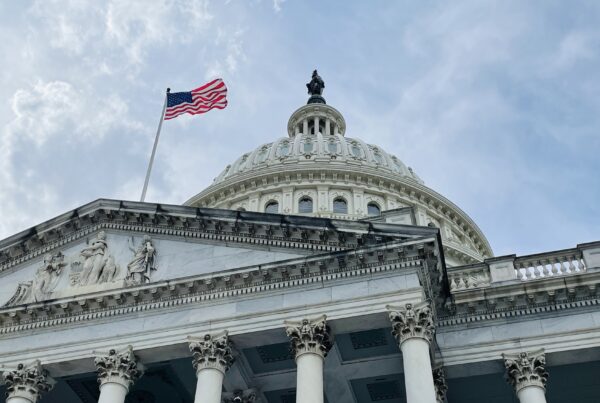The Small Business Administration issued guidance on April 14th for sole proprietors and independent contractors. The guidance addresses how to calculate average monthly “payroll costs”, how proceeds can be spent, and what amounts are eligible for loan forgiveness. Each of these items are addressed in more detail below.
Calculating average monthly “payroll costs”:
- Net business income from 2019 Schedule C, Line 31 capped at $100,000 (use $0 if a loss); plus
- 2019 gross wages and tips paid to employees whose principal place of residence is in the US capped at $100,000 for each employee; plus
- 2019 employer health insurance contributions deductible on Schedule C, Line 14; plus
- 2019 employer retirement contributions deductible on Schedule C, Line 19; plus
- Any 2019 state and local taxes assessed on employee compensation such as state unemployment tax
The total of these amounts is divided by 12 to calculate average monthly “payroll costs” and then multiplied by 2.5 to calculate the amount of the loan. Any outstanding balance of an EIDL loan which is being refinanced is added to calculate the total loan amount. Based on the calculations called for in the guidance it appears that the self-employed health insurance and retirement contributions of the sole proprietor or independent contractors are not included in the PPP calculations.
Note that the guidance calls for various items from your 2019 Schedule C – if you have not yet filed your 2019 tax return, you must fill out this schedule and compute the value.
Qualifying use of PPP loan proceeds:
- Owners’ compensation replacement
- Employee payroll costs (including salary, wages, tips, health insurance, retirement contributions and state and local taxes)
- Mortgage interest payments on any business mortgage obligation on real or personal property, business rent payments, and business utility payments if they were either claimed as a deduction or qualified to be deducted on the 2019 Schedule C of the taxpayer
- Interest payments on any other debt obligations that were incurred before February 15, 2020
- Refinancing of an SBA EIDL loan
Additionally, there is a requirement that at least 75% of the loan proceeds are used to pay qualifying “payroll costs” including replacement owners’ compensation.
Amounts eligible for forgiveness:
- Owners’ compensation replacement (limited to 8 weeks’ worth of 2019 net profit, maximum of $15,385)
- Employee payroll costs including salary, wages, tips, health insurance, retirement contributions and state and local taxes (salary portion is for 8 weeks and a maximum of $15,385 per individual)
- Interest on business mortgage obligations on real or personal property incurred before February 15, 2020
- Business rent payments on lease agreements in force before February 15, 2020
- Business utility payments under service agreements dated before February 15, 2020
Please contact your WG advisor if you have any questions or for additional information.





